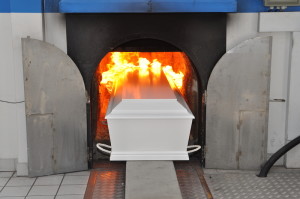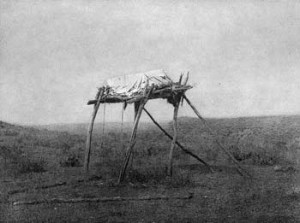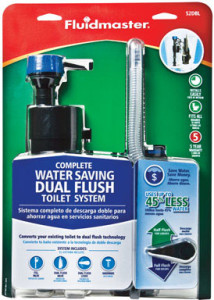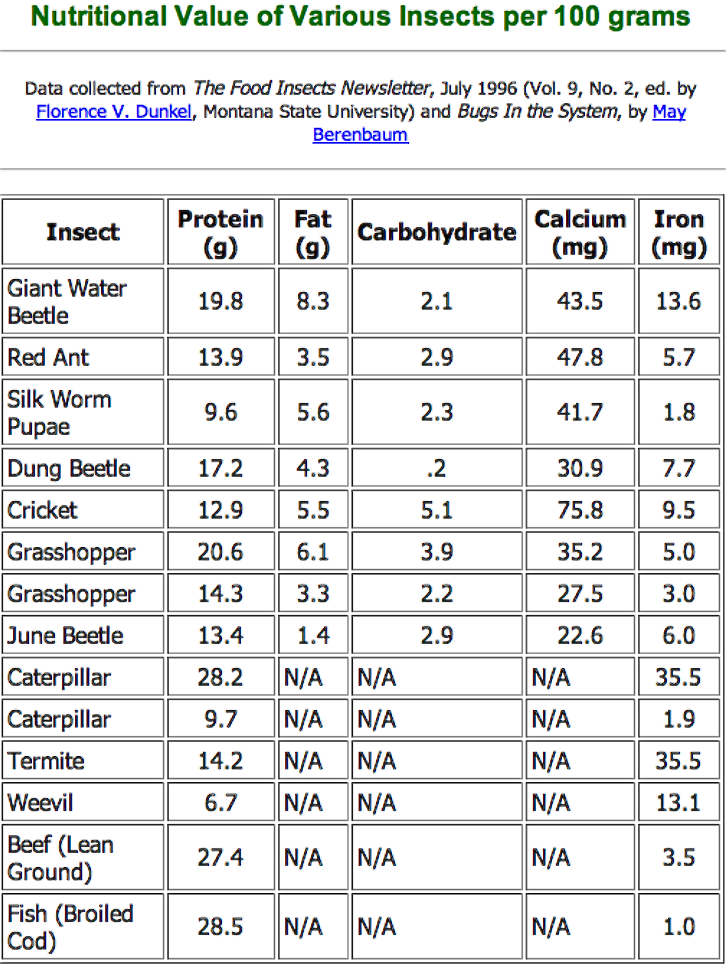by Leah, Momma Bear -
 For some Americans, the S**T hit their fan last week — in the form of a partial federal government shut down. As a military family, that means we are watching the news closely. During times like these military members are required to continue serving, but will be “paid later” in full, once budget issues are resolved. Fortunately, in this instance, Congress voted to continue paying the military during the shutdown, but that is not always the case. Many other federal workers are furloughed, and may not ever be paid back. And it’s all perfectly legal.
For some Americans, the S**T hit their fan last week — in the form of a partial federal government shut down. As a military family, that means we are watching the news closely. During times like these military members are required to continue serving, but will be “paid later” in full, once budget issues are resolved. Fortunately, in this instance, Congress voted to continue paying the military during the shutdown, but that is not always the case. Many other federal workers are furloughed, and may not ever be paid back. And it’s all perfectly legal.  In the 90’s when the government was previously shut down, Congress voted to pay those employees back. But due to the current financial state, they are warning people that they can’t count on that this time. The icing on this particular poop-cake is that the 27th Amendment to the Constitution ensures that our Congressmen all continue to receive their pay, while the voters pay the consequences. In the military, when a leader fails to successfully lead they can be removed from their position under grounds of “loss of special trust and confidence” in their leadership. Think we can use that on our current politicians, straight across the board?
In the 90’s when the government was previously shut down, Congress voted to pay those employees back. But due to the current financial state, they are warning people that they can’t count on that this time. The icing on this particular poop-cake is that the 27th Amendment to the Constitution ensures that our Congressmen all continue to receive their pay, while the voters pay the consequences. In the military, when a leader fails to successfully lead they can be removed from their position under grounds of “loss of special trust and confidence” in their leadership. Think we can use that on our current politicians, straight across the board?
We sat down with our kids, ages 15 and 18, and talked to them about what this all means, and how it relates to our family. Telling your kids you might not be getting paid next payday can really put them into a panic. We live outside of Washington D.C., they know that from rent, to gas, to groceries, it is not cheap to live here. We explained that we are lucky because we are financially secure enough to be able to pay our bills for a short time without too much effort, BUT that we would be scrutinizing every penny spent for the duration.
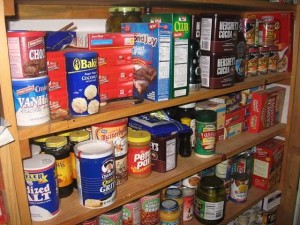 This happens to be one of those times when preppers look like normal, forward thinking people who planned ahead for the day when the government fell into dysfunction. Yes, our family (and the military in general) is currently getting paid, but we’re still federal employees and don’t know what will happen. Many other federal employees are not currently working, or getting paid. So what is a prepper to do!??? It’s time to hit the food storage! At our house, we are still in limbo waiting to find out if we will be moving to a new duty station next summer (some of you may remember that my husband requested I STOP buying more food, so we can prepare for our next move without the surplus weight). Fall is also the time of year when I can fresh veggies, take stock of our long-term food storage, and rotate the goods. This will be the perfect opportunity to work towards cutting down on our food storage, rotating what we have, and saving money. We are looking forward to some interesting meals in the near future!
This happens to be one of those times when preppers look like normal, forward thinking people who planned ahead for the day when the government fell into dysfunction. Yes, our family (and the military in general) is currently getting paid, but we’re still federal employees and don’t know what will happen. Many other federal employees are not currently working, or getting paid. So what is a prepper to do!??? It’s time to hit the food storage! At our house, we are still in limbo waiting to find out if we will be moving to a new duty station next summer (some of you may remember that my husband requested I STOP buying more food, so we can prepare for our next move without the surplus weight). Fall is also the time of year when I can fresh veggies, take stock of our long-term food storage, and rotate the goods. This will be the perfect opportunity to work towards cutting down on our food storage, rotating what we have, and saving money. We are looking forward to some interesting meals in the near future!
How is the government shutdown affecting you?













